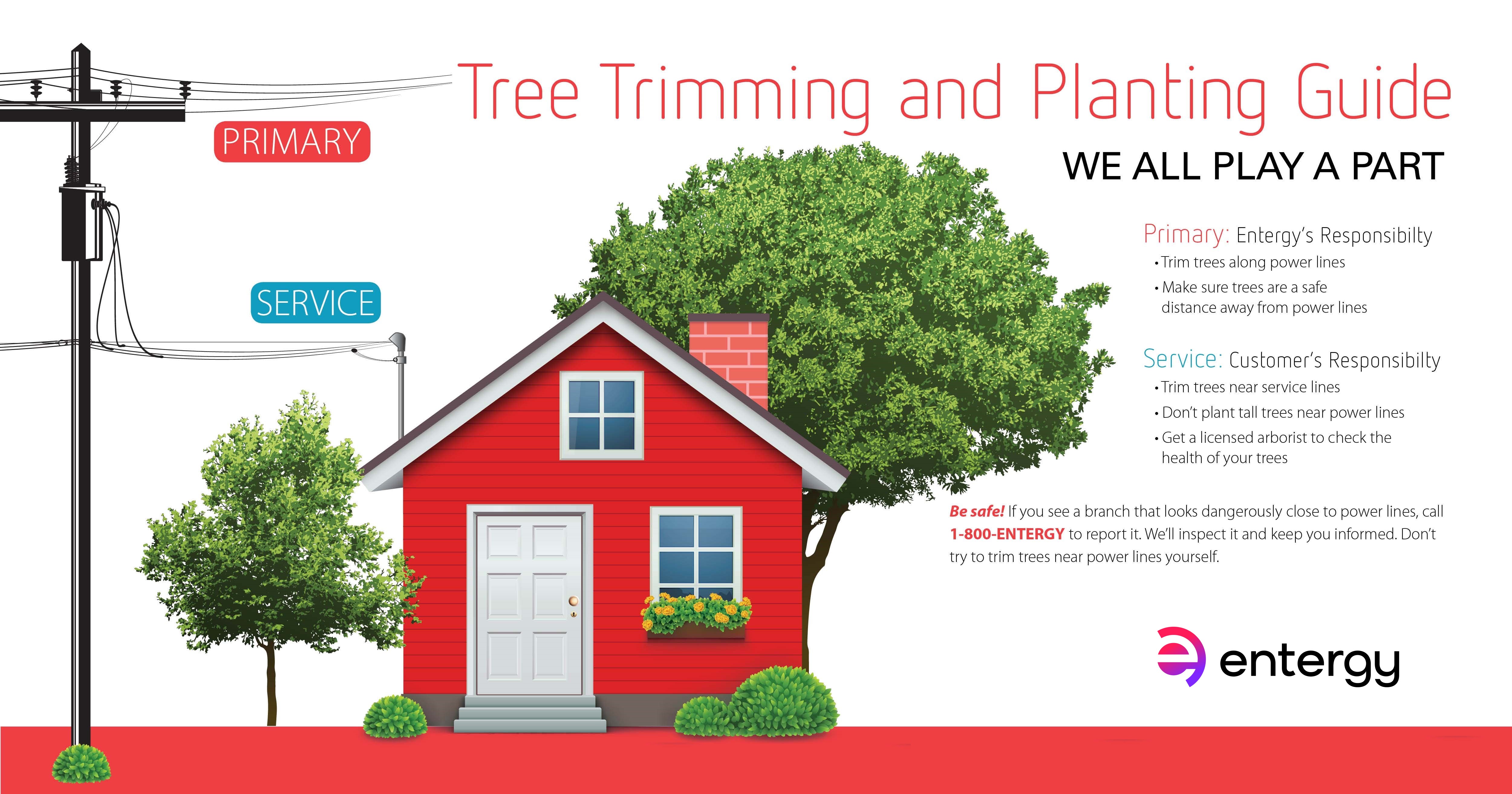When it involves seasonal tree treatment, making certain proper administration before and after elimination can substantially impact the wellness and appearances of your landscape. By recognizing the necessary steps associated with analyzing tree health and preparing for elimination, you can proactively safeguard your home. Yet what concerning the important techniques to comply with as soon as the tree is gone? Remain tuned to uncover the essential post-removal treatment procedures that will certainly aid you cultivate a flourishing and lasting atmosphere for your trees.
Pre-Removal Tree Treatment
Prior to addressing the elimination of a tree, it's important to focus on pre-removal tree treatment. Beginning by examining arborist tree trimming and architectural stability. Seek indications of disease, parasite problems, or any type of architectural concerns that might present a security danger during elimination. It's necessary to speak with a certified arborist to determine the best strategy.
Pruning dead or infected branches can stop more damage to the tree and ensure a smoother removal procedure.
Furthermore, think about what is a certified arborist of eliminating the tree. https://jaredpjexs.blogproducer.com/37878011/the-necessary-duty-of-swift-tree-particles-removal-in-residential-property-management play an important duty in our environment, so growing a new tree in a suitable place can assist offset any type of loss. Guarantee that you have the required licenses and permissions for tree removal, specifically if the tree is safeguarded by regional laws.
Seasonal Upkeep Tips
Evaluating your tree's needs throughout the year is imperative for its health and long life. To keep your trees in leading problem, comply with these seasonal maintenance ideas.
In spring, focus on trimming to remove dead or damaged branches and encourage new development.
Summer asks for regular watering, particularly during dry spells, to ensure your tree stays hydrated.
As loss strategies, watch out for early indicators of disease or tension, and think about using mulch to secure the origins throughout winter.
In winter, be cautious when removing snow from branches to stop damage, and continue to monitor your tree's general wellness.
Remember to change your treatment routine based on the specific requirements of your tree types and neighborhood environment. By remaining alert and proactive throughout the seasons, you can help your trees prosper and thrive for many years to find.
Post-Removal Tree Care
To guarantee the health and wellness of your landscape also after tree elimination, appropriate post-removal care is necessary. After a tree is gotten rid of, it's critical to load the continuing to be opening with topsoil and portable it to prevent settling. This will certainly assist preserve the integrity of the ground and protect against possible dangers in the future.
Take into consideration planting brand-new vegetation in place of the eliminated tree to recover the balance and looks of your landscape. Consistently water the area to advertise the development of brand-new plants and stop dirt disintegration.
Inspect the bordering trees for any indications of illness or stress and anxiety that may have been caused by the gotten rid of tree. Keep an eye out for pests that could've been attracted to the previous tree and take preventive measures to safeguard the remaining vegetation.
If required, talk to an expert arborist to evaluate the impact of the removal on the surrounding trees and figure out any kind of extra treatment needed. By complying with these post-removal care actions, you can make certain the continued wellness and charm of your landscape.
Final thought
Finally, proactive seasonal tree treatment is important for keeping the wellness and equilibrium of your landscape. By analyzing tree health, pruning, and talking to an arborist before removal, you can make sure a secure process. After removal, loading the hole, growing new vegetation, and regular watering will certainly advertise new development and stop erosion. Bear in mind to examine surrounding trees for illness and seek further care measures from an arborist to keep your landscape growing.
